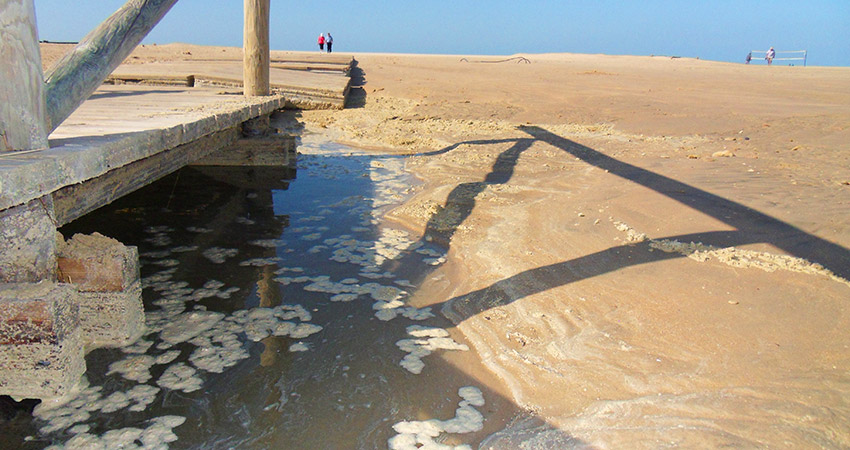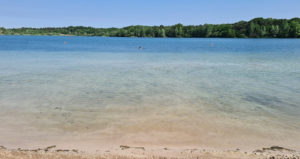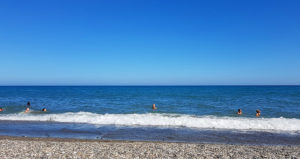Water sampling of bathing waters not fit for purpose

-
 Fergal MacErlean
Fergal MacErlean
Share article:
Water sampling criteria stipulated under the European Union´s Bathing Water Directive have been called “laughable” and “not fit for purpose” by pollution experts.The withering criticisms come as the European Commission is reviewing the Directive – implemented in 2006 – ahead of anticipated changes next year.
The latest annual Bathing Water report, published on June 3 by the European Environment Agency in cooperation with the Commission, paints a rosy picture of Europe’s 21,859 bathing water sites in 2021. It states almost 85 per cent of sites in the Member States, Albania and Switzerland, met the EU´s “excellent” water quality standards, which signify very low levels of faecal bacteria.
Blue flags
The UK-based charitable company Foundation for Environmental Education, which partners with commercial operators, uses the water quality assessment (based on a four-year period), in combination with other categories to award EU beaches and waters with ‘Blue Flags’.
Not fit for purpose
In a submission to a review of the Directive, the pollution monitoring project Acclimatize wrote: “Our experience, having studied bathing waters in Dublin Bay and elsewhere in Ireland, has shown that the practice of taking one sample at the compliance point on a day during the bathing season is not fit for purpose.
Great variations
“Intensive sampling shows that the levels of E. coli and intestinal enterococci can vary by between 10 and 1,000 fold depending on the location of where the sample is taken and the time of day when the sample is taken.” Insufficient health protection The University College Dublin Acclimatize team led by Wim Meijer, Professor of Microbiology, added: “Using compliance data for classifying a bathing water is unreliable and does not provide sufficient health protection to bathing water users.”
Laughable requirements
Wim Meijer told Water News Europe that, there is the potential to “game the system”. He advocates predictive testing and says the Directive´s minimum requirement to have waters tested just four times over the bathing season is “completely laughable”.
Frequency of testing
Other criticisms are that testing should be year round. And there is a need to monitor for pollutants and health risks from toxic cyanobacteria blooms which affect the inland water bodies of most Member States.
Raw Sewage
The idiosyncrasies of the Directive have allowed towns that dump raw sewage into the sea to achieve “excellent” water quality status and, on application, Blue Flags. One example is the tourist resort of Nerja on the Costa del Sol which has a summertime population of more than 140,000. For the last ten years it has enjoyed the “excellent” water quality status on two of its beaches regularly stricken with raw sewage.
Blue flags and brown foam
A 2019 National Institute of Toxicology report found that the “continuous discharge of [untreated] waste water with the bacterial load found may pose a health risk”. When testing began at the town´s first sewage treatment works, late in 2020, Mayor José Alberto Armijo said: “Today is a historic day, Nerja begins to purify its wastewater.” A Nerja town hall spokesperson said the sewage treatment works was now operational. Yet brown foam still fouls the town´s bathing waters beneath Blue Flags first raised in 2021.












